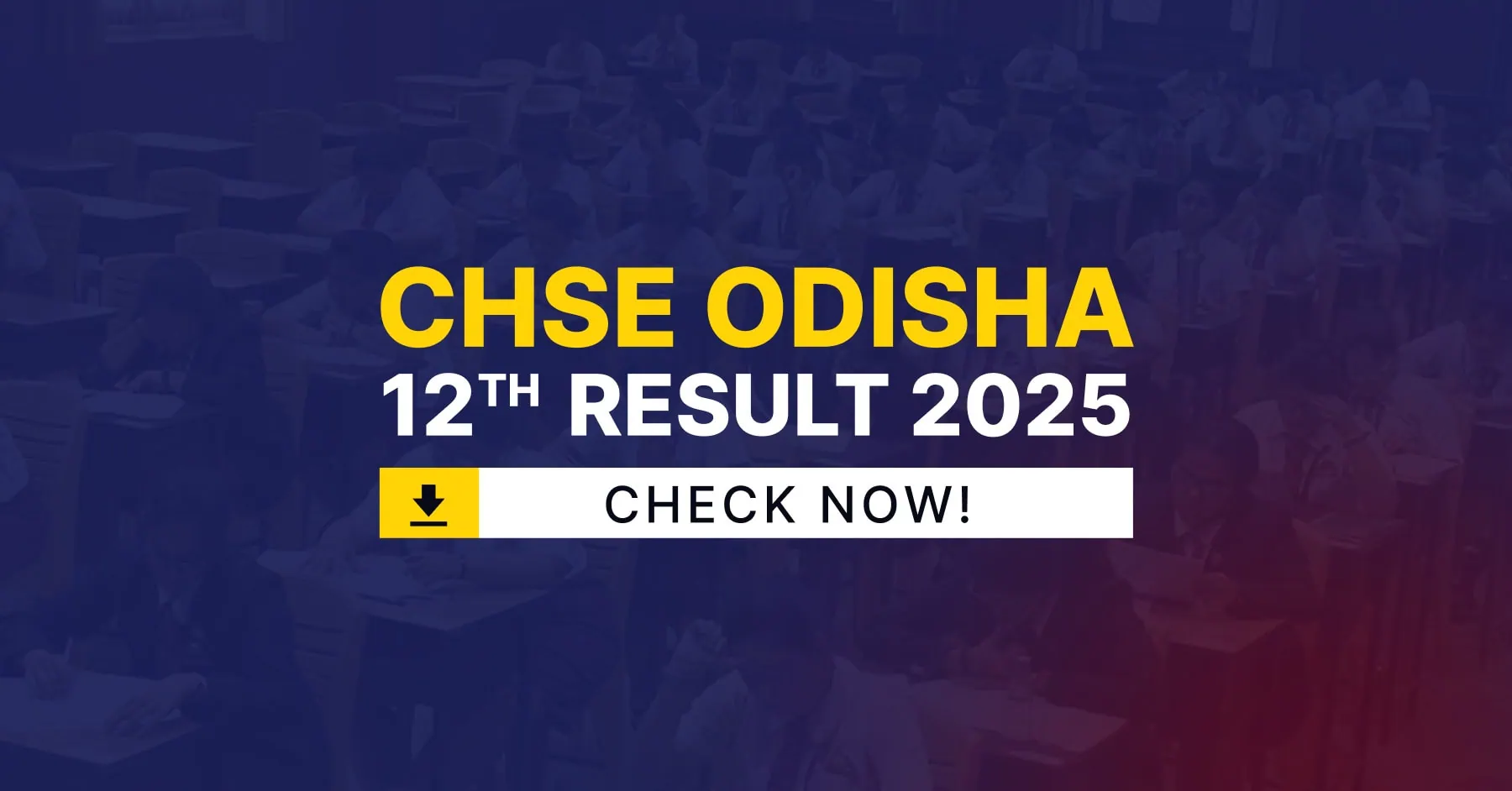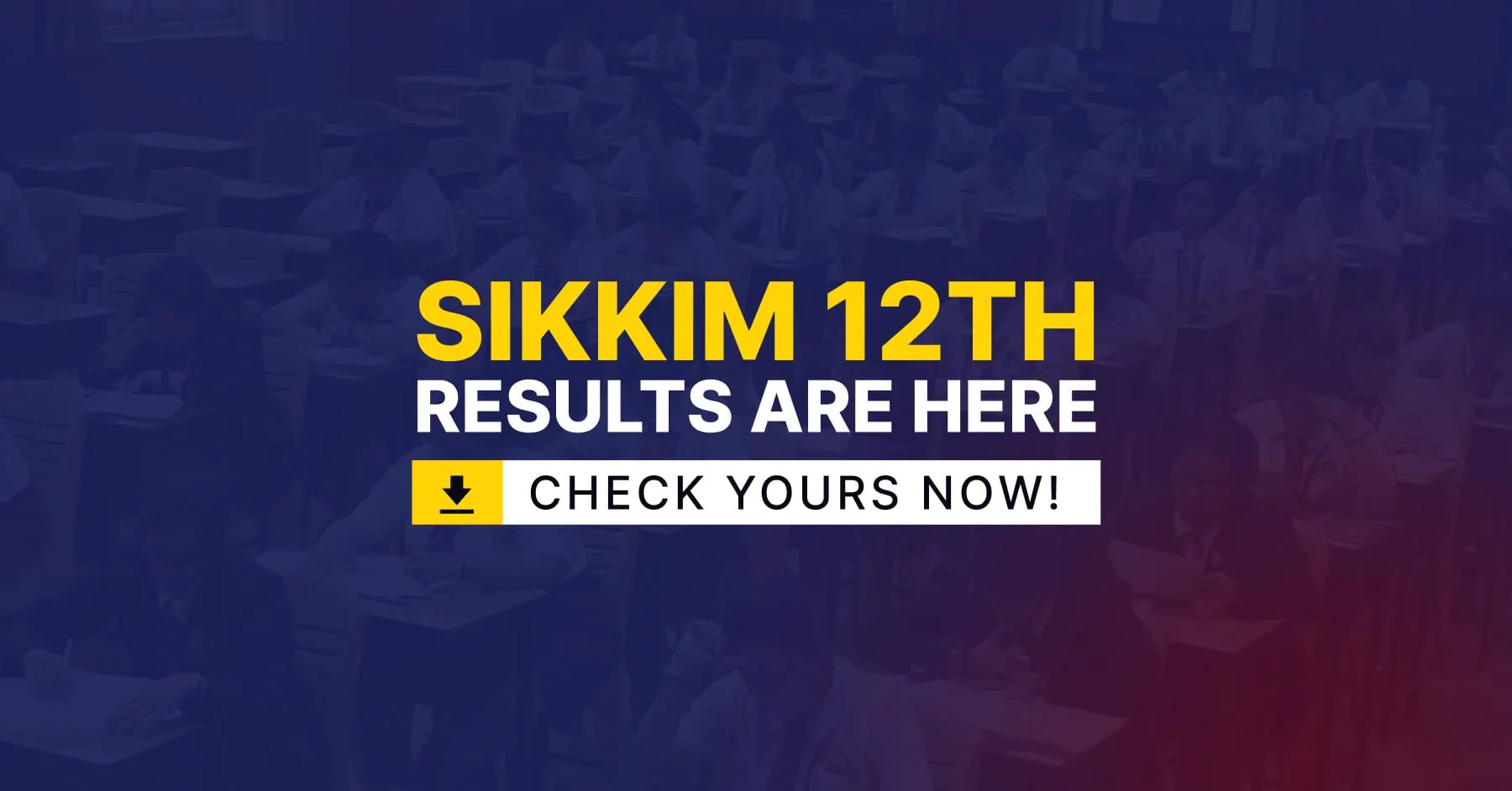As the CBSE 12th standard exam approaches, students often search for ways to prepare themselves better for the exams. One of the very major methods is creating an exam pattern. Such a method is creating a cheat sheet that highlights important topics and concepts that students need to focus on. In this blog, we will provide you with a cheat sheet for the CBSE Class 12 standard Economics exam 2023 for the subject of Introductory Macroeconomics and Indian Economic Development that covers important concepts and topics that are frequently asked in the exams. Spoiler Warning! The key to scoring good marks is to understand the basic concepts and practice numerical and long-answer questions.
1. National Income and related Aggregates
The chapter covers the concept of Gross Domestic Product (GDP) and how it is measured. The chapter also discusses the different methods of calculating GDP, such as the production method, the income method, and the expenditure method. It further covers the concept of National Income and its components, such as compensation of employees, operating surplus, mixed-income, and indirect taxes. The chapter also explains the relationship between national income and the standard of living of the people in a country. Additionally, the chapter discusses some important macroeconomic aggregates, such as net domestic product, gross national product, net national product, and per capita income. The objective of this chapter is to provide students with an understanding of the different concepts and measures of national income and how they are used to analyze the performance of the economy.
The chapter on National Income and related Aggregates covers the following topics:
- GDP vs GNP (Factor and Market)
- Gross Investment vs Net Investment
- Capital loss vs Depreciation
- Subsidies, Net Indirect Taxes, and NFIA
To prepare for this chapter, focus on understanding the different components of National Income and its related aggregates. Practice solving at least 4-5 numerical on National Income Accounting. Practising numerical National Income Accounting is crucial to score well in the economics exam.
Also read: Tips and Tricks to score 90%
Money and Banking
The chapter covers the concept, characteristics, and functions of money, as well as the different types of money. The chapter also discusses the role of the central bank in the economy, including its functions as a currency issuer, banker to the government, lender of last resort, and regulator of the banking system. Additionally, the chapter covers the various monetary policy tools used by the central bank to influence the money supply and interest rates in the economy, such as open market operations, reserve requirements, and discount rates. The objective of this chapter is to provide students with an understanding of the role of money and banking in the economy and how monetary policy affects economic activity.
The chapter on Money and Banking covers the following topics:
- Barter system of exchange
- Functions of money
- Demand and supply of money
- Components of money supply
- Functions of central and commercial banks
- Credit creation process
- Credit control instruments.
To prepare for this chapter, make sure you understand how money functions and how credit is created. Familiarise yourself with different credit control instruments like CRR, SLR, OMO, Repo & Reverse Repo, Margin Requirements, Credit Rationing, etc. It is important to study the functions of the Central & commercial banks, the credit creation process and the different quantitative credit instruments.
Determination of Income and Employment
The chapter discusses the concepts of gross domestic product (GDP), aggregate demand, and aggregate supply, and how they affect the level of income and employment in the economy. It also covers the various factors that determine the level of national income, such as consumption, investment, government expenditure, and net exports. Additionally, the chapter discusses the concept of the multiplier effect and how it influences the level of income and expenditure. The objective of this chapter is to provide students with an understanding of how the economy functions as a whole and how various economic variables are interrelated.
The chapter on the Determination of Income and Employment covers the following topics:
- Aggregate Demand & Supply
- Excess & Deficient Demand
- Inflationary & Deflationary gap
- Consumption Function
- Propensities to Consume & Save
- Multiplier Mechanism
- The concept of Paradox of Thrift.
To prepare for this chapter, practice numerical on marginal propensities and linear demand & supply equations as they are easy and very scoring.
Government Budget and the Economy
The chapter discusses the various sources of government revenue and types of government expenditures, as well as the objectives of the government budget, including allocation of resources, redistribution of income, and stabilization of the economy. It also covers the different functions of the government budget, such as allocation, distribution, and stabilization functions. Finally, the chapter discusses the classification of government expenditure and its impact on the economy. The objective of this chapter is to provide students with an understanding of the role of government in managing the economy and how the government budget influences economic activity.
The chapter on Government Budget and the Economy covers the following topics:
- Meanings and components of Government Budget
- Types of deficit in a budget & the fiscal policy
- Tax and non-tax revenue
- GST.
To prepare for this chapter, study short notes on budget, fiscal policy, the significance of GST. Make sure you understand the difference between capital receipts vs capital expenditure, revenue receipts vs revenue expenditure, fiscal deficit vs primary deficit, and primary deficit vs revenue deficit.
Balance of Payments
Balance of Payments (BoP) is a statement that records all the transactions between residents of a country and residents of other countries during a given period of time, typically a year. The BoP comprises three major components: current account, capital account, and financial account.
The current account records transactions related to the export and import of goods and services, as well as income received and paid from abroad. This includes exports and imports of goods, such as food, oil, and consumer goods, as well as services such as tourism, transportation, and software exports.
The capital account records transactions related to the transfer of capital, such as debt forgiveness, migrant remittances, and foreign aid. This account also includes the purchase and sale of non-produced, non-financial assets, such as patents, copyrights, and trademarks.
The financial account records transactions related to the purchase and sale of financial assets, such as stocks, bonds, and foreign currency reserves. This account also includes foreign direct investment, portfolio investment, and other capital flows.
The chapter on the Balance of Payments covers the following topics:
- Meaning and components of Balance of Payments
- Balance of Trade
- Components of Current & Capital Account
- Fixed & Floating & Managed Floating Exchange Rate.
To prepare for this chapter, study the difference between BOP & BOT, identify the different components of Current & Capital Accounts, and prepare short notes on some important terms such as Exchange Rates and the different types of it.
2. Indian Economic Development
The Indian Economic Development is another vital segment for your upcoming economics exam paper that covers the major economic issues and policies that have shaped the Indian economy from pre-independence to the present day. The textbook includes topics such as the Indian economy on the eve of Independence, liberalization, privatization, and globalization, poverty, human capital formation, rural development, employment, infrastructure, environment and sustainable economic development, comparative development experiences of India and its neighbours, international trade, and balance of payments. The textbook aims to provide students with a comprehensive understanding of the Indian economy, its challenges, and its prospects for the future. The division covers the following chapter that you need to focus on.
Websites to download NCERT class 12 book
Development Experience and Economic Reforms since 1991
The chapter on Indian Economic Development covers the pre and post-independence era of the Indian economy. The long-answer questions mainly focus on the pre-independence state of the Indian Economy, the new agricultural and industrial policies, liberalisation, privatisation and globalisation.
To prepare for this section, it is important to study the following topics in detail:
- Drain of Indian wealth and problems of Indian agriculture during the pre-independence era
- Five-Year Plans and their impact on the Indian economy
- New agricultural and industrial policies
- Liberalisation, privatisation and globalisation
- Challenges faced by the Indian economy post reforms
Make sure you cover all these topics in detail for your economic exam paper and also prepare short notes for quick revision.
Current Challenges facing the Indian Economy
The section in the Indian Economic Development chapter carries the maximum weightage for your economics exam. It focuses on human capital formation, rural development, employment, and sustainable development. Human capital formation refers to the process of developing and upgrading the skills, knowledge, and capabilities of individuals. Rural development aims to improve the quality of life of people living in rural areas by providing them with basic amenities and infrastructure. The employment generation focuses on creating more job opportunities, reducing unemployment, and improving the standard of living of people. Sustainable development aims to meet the current needs without compromising the ability of future generations to meet their own needs.
To prepare for this section, study the following topics in detail:
- Human capital formation and its role in socio-economic development
- The need for contributions from the education and health sectors to solve socio-economic problems
- The role of credit in rural development
- Agricultural diversification, agricultural marketing and the Green Revolution
- The worker-population ratio and the analysis of the sectoral distribution of the workforce in India
- Features of the informal sector
- Factors contributing to sustainable development
Make sure you have short notes ready for quick revision and are able to answer long-answer questions in detail.
Development Experience of India
This chapter provides a comparison of India with its neighbours, Pakistan & China, in terms of their economic development. The contrast is done with respect to economic & human development indicators.
To prepare for this section, it is important to study the following topics at length :
- Compare and contrast the development of India, China and Pakistan, with respect to some salient human development, and demographic indicators.
- Study the various strategies adopted by Pakistan & China in their growth and developmental path with respect to their sectoral contribution.
- Evaluate the factors that led to their economic development.
In conclusion, understanding the concepts, practising numerals, and preparing short and long-answer notes are crucial to scoring well in the CBSE 12th standard exam for Introductory Macroeconomics and Indian Economic Development. Good luck and All the best for your exam!
Frequently Asked Question
Ideally, if you are confident in your preparation, you must complete your paper max to max in 2.5 hours. If you are more comfortable with Micro Economics then go for it first. Otherwise, go for Macro first.
The CBSE Economics paper consists of a total of 100 Marks, of which, 80 Marks are to be given for the theory paper and the remaining 20 Marks are given for Project Work.
The CBSE class 12 exam pattern, however, has changed. For CBSE class 12 board exams 2023, question papers would comprise 20% MCQs or objective questions. 30% would be competency-based questions. The remaining 50% would constitute the subjective or short/long answer questions.









